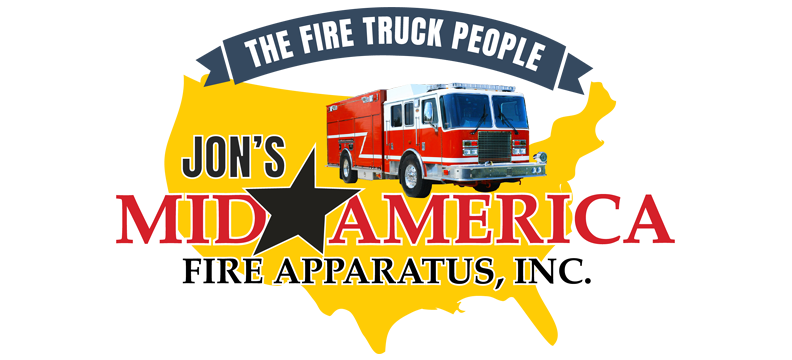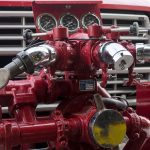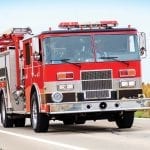A brand new fire apparatus offers customizability along with the latest technology for serving your community.
But because a new apparatus is more expensive than a used fire truck, it is important to go through the purchasing process carefully to make sure you’re making the wisest investment possible.
Here are 4 tips to help you select the right new fire truck for your department.
#1: Do Your Homework on New Fire Trucks
Good planning is necessary throughout the entire purchase process for a new fire apparatus.
- Maintain up-to-date knowledge of NFPA standards, or reach out to a dealer with thorough knowledge of the current requirements.
- Research other fire departments in your area and departments of a comparable size to yours. What are they buying and what experiences are they having with different types of fire trucks?
- Don’t just look at how vehicles perform when they’re new — compare how they hold up over 5-10 years after purchase. Look at which ones have a track record of lasting the longest with minimal maintenance problems.
#2: Establish Your Requirements for a New Fire Apparatus
Every department is unique in terms of personnel, equipment, fire suppression capabilities and community requirements.
- What tactical operations does your department perform? Assess how well your current fleet supports your mission and community needs. How are your needs changing, and how can you align the specs of your new vehicle to address them?
- How many people and how much equipment do you need to carry? The more people your vehicle will carry, the less equipment it may fit on board, and vice versa. Carefully weigh the number of people who need to ride on a single apparatus versus the amount of equipment that needs to be on board.
- Fire suppression capabilities. On average, today’s structure fires burn hotter and faster than in the past. An updated compressed air foam system (CAFS) is often superior to plain water in terms of heat reduction and quicker extinguishment.
- Challenges of your district. Are the roads and bridges in your community able to support the load of a heavier truck, or will you need to make tradeoffs between weight and infrastructure capabilities? How much training and preventive maintenance will be required for the new apparatus?
#3: Compare Fire Apparatus Features
Here are some of the most important characteristics you’ll want to consider when comparing different fire apparatus for sale.
- Materials and construction. Most fire apparatus cabs are built from aluminum, while truck bodies may come in a variety of materials including aluminum, stainless steel and more. You’ll want to consider cost, corrosion resistance, strength, weight and safety when comparing your choices.
- Weight. You apparatus must be strong enough to support the weight of the people and equipment on board. Determine the amount of weight the truck must be able to carry, and select an apparatus that can safely carry that amount without becoming overloaded and increasing your risk of an accident.
- Pump panel characteristics. Your pump panel must comply with NFPA standards. A simple, uncluttered design is best so that it’s easy to use during an emergency. Gauges should be large and easy to read at a distance. The pump panel may be mounted on the side, top, rear or front of the vehicle, depending on what works best for your department.
- Proper mounting. You don’t want loose equipment that can shift and cause damage while in transit. Instead, equipment should be securely mounted on or inside the vehicle. Include your equipment mounting requirements when defining initial specs at the beginning of the purchase cycle.
#4: Stay in Touch
Communication is key when you’re investing significant resources in a new emergency vehicle. Taking the time to develop a relationship with reputable fire truck dealers and fire apparatus manufacturers will help them provide you with a quality finished product.
- Visit fire truck manufacturers if possible. Especially if you’re new to purchasing fire apparatus, you’ll want to talk to manufacturers and ask questions about their construction process and the materials they use. The higher quality construction you get, the longer your vehicle will last and the fewer maintenance problems you’re likely to have, which will save your department money in the long run.
- Factory visits. Remember, the earlier you catch mistakes, the easier and less expensive they are to fix. If you’re having a new apparatus built to your specifications, visit the factory 2 or 3 times throughout the construction process. Double check materials and construction methods to ensure that the manufacturer is doing the job correctly.
Are you looking to purchase a new fire apparatus?
Contact Jon’s Mid America. We’ll answer your questions and provide information on our inventory of new fire trucks to help you choose the best vehicle for your department.



